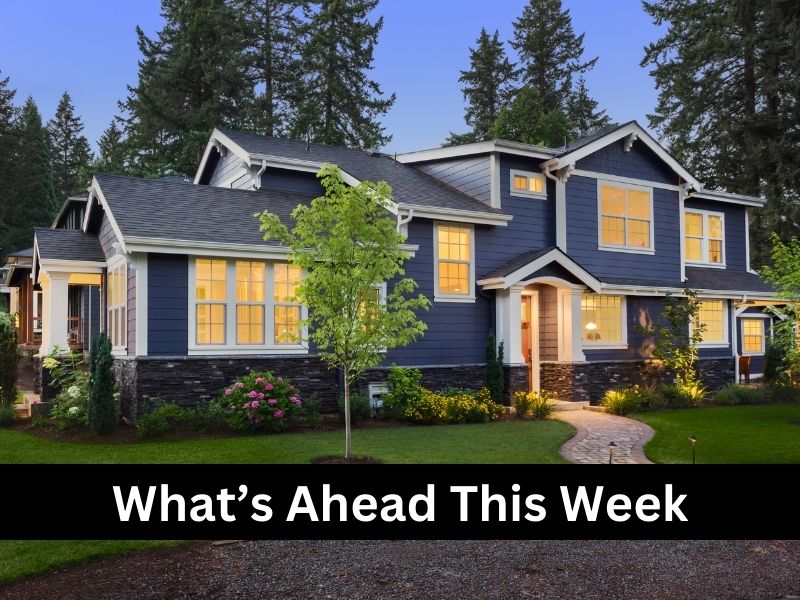
The PCE Index reports have come in—albeit delayed—and show inflation numbers that fell within expectations. The data also indicates that inflation has not worsened since before the government shutdown. It is widely believed that the Federal Reserve will likely cut rates once more.
This is followed by another Consumer Spending report showing that spending rose in September and October, though the momentum appears to be slowing. Much of the optimism in the broader markets going forward hinges on the potential for further interest rate cuts.
Consumer Spending
Personal spending rose 0.3% in September, the government said Friday. That was a touch slower than in the prior two months, but it capped off a strong third quarter. Wall Street economists predict GDP could show 3% annual growth or more. Rising incomes and household wealth, especially among upper-income families, are helping to fan the fire. Worker pay is increasing faster than inflation.
PCE Index
The rate of U.S. inflation stayed stuck close to 3% before the government shutdown, a long-delayed report showed, providing a final piece of the puzzle before the Federal Reserve votes on whether to cut interest rates again.
Primary Mortgage Market Survey Index
• 15-Yr FRM rates saw a decrease of -0.07% for this week, with the current rate at 5.44%
• 30-Yr FRM rates saw a decrease of -0.04% for this week, with the current rate at 6.19%
MND Rate Index
• 30-Yr FHA rates saw an increase of 0.03% for this week. Current rates at 5.89%
• 30-Yr VA rates saw an increase of 0.02% for this week. Current rates at 5.90%
Jobless Claims
Initial Claims were reported to be 191,000 compared to the expected claims of 218,000. The prior week landed at 216,000.
What’s Ahead
Next week, the Consumer Price Index is scheduled to be released.

 Does your home feel like it’s starting to burst at the seams? Many homeowners across the country can relate to this feeling having bought a home only to run out of space due to a growing family or for other reasons. Let’s take a quick look at a few questions that will help you to determine whether buying a new home or expanding your current home is the best choice when you’re in need of some extra space.
Does your home feel like it’s starting to burst at the seams? Many homeowners across the country can relate to this feeling having bought a home only to run out of space due to a growing family or for other reasons. Let’s take a quick look at a few questions that will help you to determine whether buying a new home or expanding your current home is the best choice when you’re in need of some extra space. Many homeowners feel pressure to pay off their mortgage as quickly as possible but faster is not always better. In many real-life situations, directing your money toward other financial steps can offer more growth, more protection, and more flexibility. Understanding when early payoff is helpful and when it is not can give you greater confidence in your long-term plan.
Many homeowners feel pressure to pay off their mortgage as quickly as possible but faster is not always better. In many real-life situations, directing your money toward other financial steps can offer more growth, more protection, and more flexibility. Understanding when early payoff is helpful and when it is not can give you greater confidence in your long-term plan.